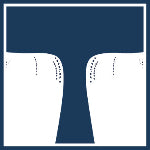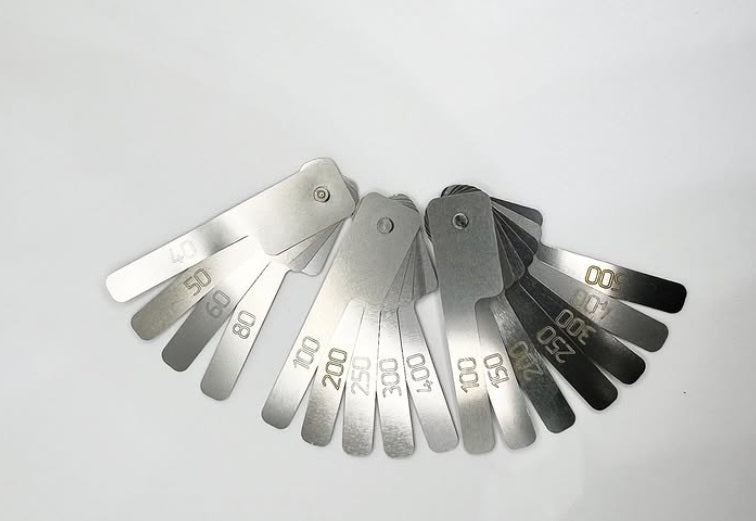Precision and accuracy are of utmost importance when it comes to interproximal reductions. Hence, it is crucial that you have the right tools at your disposal. Interproximal Gauges are must-haves in the context of any interproximal procedure and are compatible with braces, orthodontic aligners or traditional appliances. The instrument is designed with ease of use in mind – offering an easy-to-read scale which gives the exact readings on the amount of enamel reduced. This, in turn, ensures patient safety as well as maintains control.
Interproximal Gauges are a part of the Arc Interproximal and Proxicut Systems which also include Proxicut, Arc Interproximal and Do-All Proxicut Saw Blades as well as Diamond Strips in addition to Strip Holders. These systems are especially helpful when removing excess of filling material from interproximal areas and for tooth separation upon veneer fixation. Moreover, these Interproximal Gauges are great for optimizing the selection of the thickness of the dental dam through determining the width of the interdental space at the contact points between teeth. Lastly, they facilitate precise control during the proximal grinding of teeth.
The following is a general guide for the use of the Interproximal gauges:
1) An Interproximal Gauge must be chosen. It is important that the thickness of the gauge roughly corresponds to the interdental space
2) The size of the interdental space must be determined. This is done based on the thickness of the Interproximal Gauge indicated on the gauge. (Tip: the gauge should be inserted into the interdental space with slight difficulty).
* Note that if the introduction of the selected gauge into the interdental gap is too easy – the gauge should be removed and a thicker one should be inserted in its place. It is also possible to introduce additional smaller gauges in order to provide greater accuracy than that which is achieved by a single large gauge. In such a case, the size of the interdental space is determined by the sum of the gauges’ thicknesses.
3) With the measurements being complete, the gauge should be removed from the patient’s mouth.
It is clear that the Interproximal Gauges are an essential part of interproximal reductions. Not only do they work for creating space for tooth movement or orthodontic treatments, but they also ensure the achievement of optimal results.
There are three different types of gauges available:
- 0.04 , 0.05 , 0.06 , 0.08 mm
- 0.1 , 0.2 , 0.25 , 0.3 , 0.4 mm
- 0.1 , 0.15 , 0.2 , 0.25 , 0.3 , 0.4 , 0.5 mm
All of which are handy for varying scenarios – so get the ones most fitting to your interproximal reduction practices.

